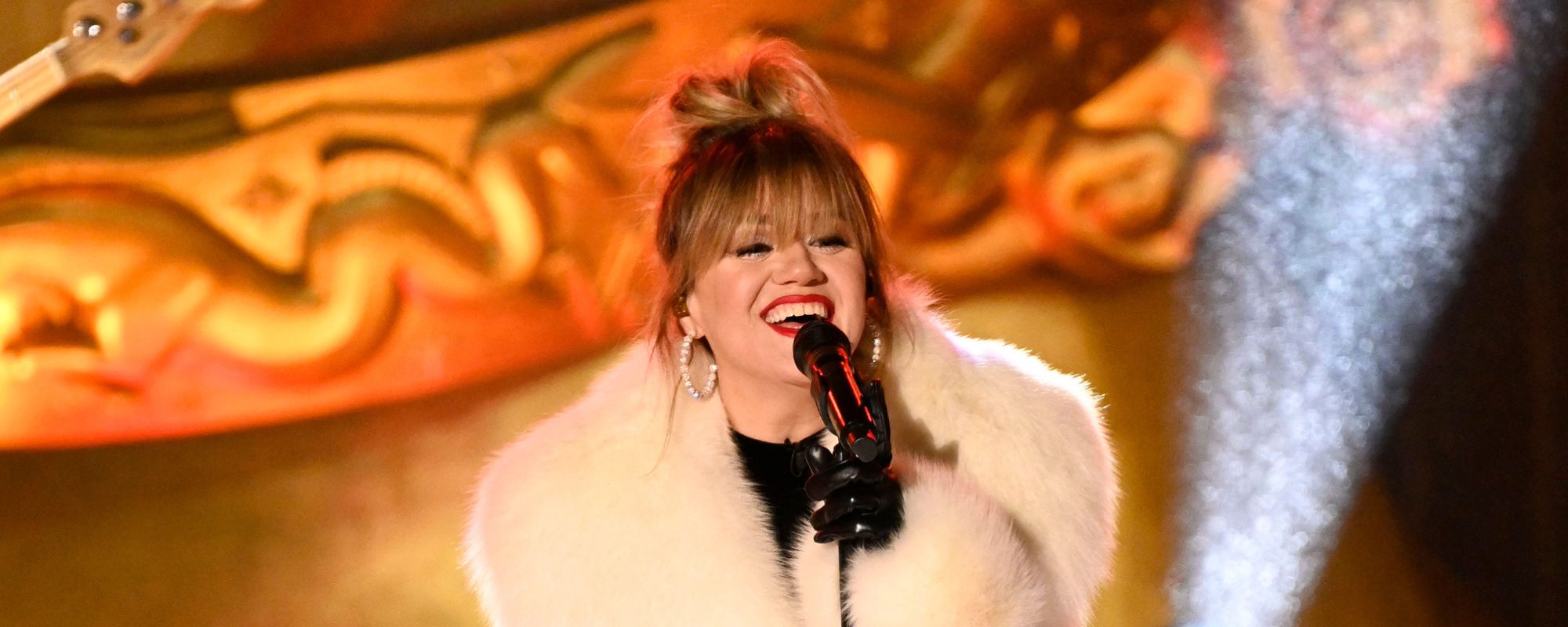From “Friday I’m in Love” to “Just like Heaven,” The Cure built their career crafting songs that feel somewhat jarring and off-kilter while still being wistfully romantic and nostalgic. As frontman Robert Smith explained in a 1992 interview with Guitar Player, the way he achieved this unique feeling was less polished than one might assume.
Videos by American Songwriter
In fact, one could argue his technique was the exact opposite of pristine and polished.
What Made The Cure Songs Sound So Good?
As pioneers of the gothic punk and new wave movements of the late 1980s and early 1990s and several awards under their belt, it wouldn’t be unreasonable to assume the Cure labored over their songs in the studio. Indeed, an award-winning album requires a lot of work to accomplish. But in the case of the Cure, they worked tirelessly on their songs to make them perfectly imperfect.
Speaking to Guitar Player in 1992, the Cure vocalist and guitarist Robert Smith revealed that he often detuned his high E string with an electronic tuner to make it sound ever so slightly off-pitch. “A lot of the things on our record that sound like heavy chorusing are actually just detuned instruments,” Smith explained. “I often defy the tuners, particularly with keyboard overdubs. I even change the speed of the tape to detune some parts.”
“The only drawback to that,” Smith continued, “is that onstage it’s very confusing sometimes, especially with a lot of phasing effects going on. It turns into this overwhelming pulsing sound, and you can’t hear anything.” While it might be challenging to work through these half-pitch discrepancies on stage, their ability to change the feeling of a record in-studio speaks for itself.
How Purposeful Imperfection Led To A Hit Single
One of the Cure’s most enduring and popular hit songs is “Friday I’m in Love,” the second single from their 1992 album Wish. Like so much of the British rock band’s discography, the song manages to capture happiness and melancholy simultaneously. Robert Smith’s practice of detuning and varying tape speed helped illustrate this sense of sonic contradiction. In the case of “Friday I’m in Love,” the effective trick was accidental.
“I was playing with the varispeed [of the tape deck] and forgot to turn it off. But the whole feel changed,” Smith said. “The fact that it’s the only song on Wish that’s not in concert pitch really lifts it out and makes it sound different. After working on the record for months, hearing something a quarter-tone off makes your brain take a step backwards.”
The song’s success is evidence of Smith’s suggestion. “Friday I’m in Love” became one of the most popular Cure songs, not despite but because of its noticeable imperfections. The song hit No. 6 in the U.K. charts and No. 18 in the U.S., and it also garnered the band the European Viewer’s Choice for Best Music Video at the 1992 MTV Video Music Awards.
Photo by Michael Putland/Getty Images







Leave a Reply
Only members can comment. Become a member. Already a member? Log in.